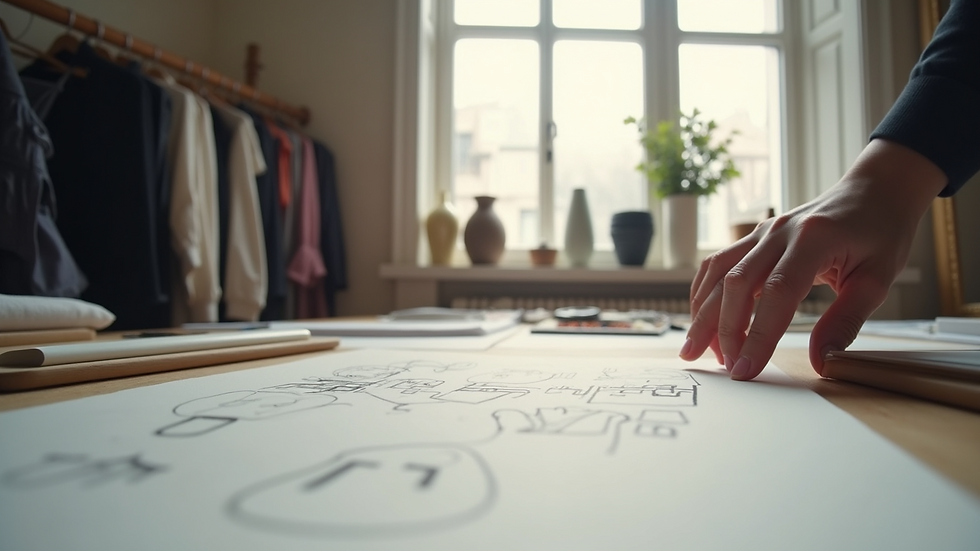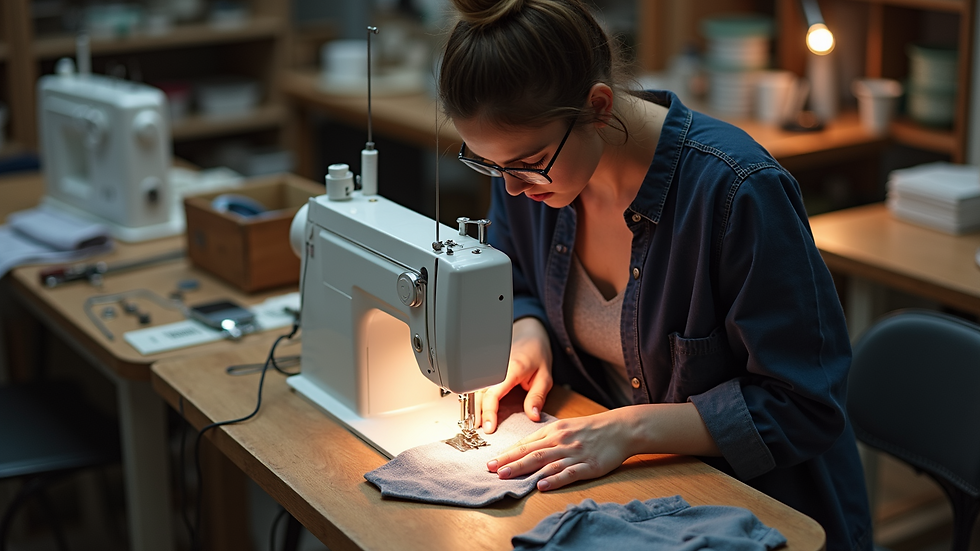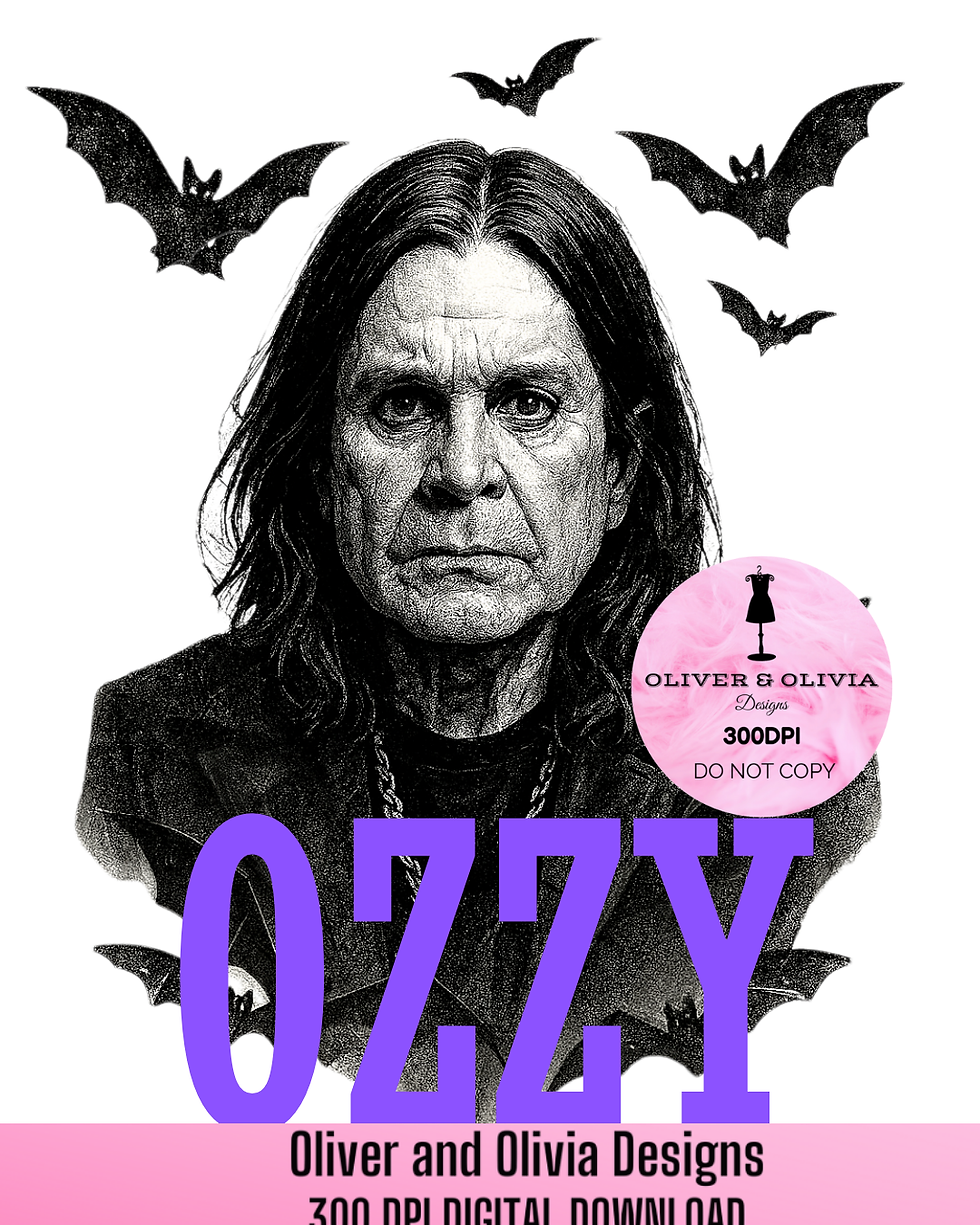How Unique Fashion Pieces Are Made
- oliverandoliviades
- Apr 28
- 4 min read
In today's dynamic world of fashion, creating unique pieces has become an essential part of brands and designers looking to stand out. Unique fashion pieces not only symbolize individuality but also reflect innovative designs, techniques, and materials. This blog post delves into the intriguing process of how these exceptional creations come to life, examining each stage from conceptualization to final product.
Understanding Unique Fashion
Unique fashion is not just about being different - it embodies a complete ethos of creativity and personal expression. Each piece produced within unique fashion serves a specific purpose, allowing individuals to express their personal style. Designers often sift through various inspirations, trends, and cultural elements to carve their unique signatures into their collections. By focusing on quality over quantity, unique fashion enhances the authenticity of an outfit and ensures that each piece tells a story.

The Process of Creating Unique Fashion Pieces
Creating unique fashion pieces is not a straightforward task. It involves multiple steps, including research, design, production, and marketing. Let’s explore each of these stages in detail.
Research and Inspiration
The journey begins with research. Designers take a deep dive into fashion history, art, architecture, and other industries to fuel their creativity. They often explore art galleries, museums, and even nature for inspiration. Understanding current trends is crucial; however, the most successful designers incorporate timeless elements into their pieces. This allows their creations to transcend passing fads while ensuring they remain fresh and engaging.
Design Development
Once the research is complete, designers begin the design phase. This is where the magic happens. Designers sketch ideas, choose fabrics, and select color palettes. They may utilize software tools to create digital designs for precision. During this stage, it is essential to maintain a balance between creativity and practicality - ensuring that the piece can be manufactured without hindering artistic vision.
Production teams often help refine the designs by providing insights on materials, patterns, and construction techniques. It’s also crucial to experiment with different textures and silhouettes to bring uniqueness to the final product.

How to Make an Exclusive Design?
Creating an exclusive design requires a systematic approach. Here are some critical steps a designer should follow:
Conceptualization: Identify a theme or idea that resonates. This could stem from personal experiences or current societal issues.
Material Choice: Select fabrics that not only offer versatility but also convey your idea. Eco-friendly materials are gaining popularity, and they can enhance the appeal of unique fashion pieces.
Sketching and Prototyping: It’s essential to create multiple sketches and develop prototypes. This process allows designers to visualize their concepts and make necessary adjustments before final production.
Feedback Loop: Show prototypes to trusted peers or potential customers. Their feedback can guide necessary modifications, ensuring the product aligns with market needs.
Final Touches: Once the design is finalized, focus on details such as stitching, embellishments, and packaging. These elements contribute significantly to a unique look, enhancing its overall appeal.
Manufacturing Techniques
The manufacturing stage is where an idea transforms into reality. Designers often collaborate with skilled artisans and manufacturers who possess the expertise necessary to bring designs to life.
Each fashion piece must be crafted with precision. Techniques can vary from traditional hand-sewing methods to advanced technology such as digital printing or laser cutting. Designers may explore sustainable production methods, such as upcycling materials or reducing waste, in response to ethical concerns in the fashion industry.
Moreover, small batch production is becoming popular, allowing for the creation of unique pieces without mass-producing items. Limited editions contribute to the exclusivity and allure of unique fashion pieces.

Marketing Unique Fashion Pieces
Once the unique pieces are created, it is vital to market them effectively. Unique fashion relies heavily on storytelling. Brands should communicate the inspirations, materials, and processes behind their pieces to connect with their audience.
Utilizing social media platforms and fashion blogs can help reach potential customers. Collaboration with influencers and fashion icons can boost visibility and lend credibility to unique fashion lines. An online store that showcases exclusive designs can attract curious shoppers looking for something beyond the ordinary.
Ultimately, effective marketing strategies should not only highlight the uniqueness of the pieces but also create a community around the brand, fostering customer loyalty.
Emphasizing the Importance of Unique Fashion
In a world of fast fashion, unique fashion serves as a reminder of the beauty of individuality. These pieces allow wearers to express themselves and foster a sense of identity. Supporting designers who create unique fashion not only empowers creativity but also promotes ethical practices within the industry.
Additionally, unique fashion can become a form of art, showcasing culture and history through its designs. Each garment carries a narrative, connecting wearers to the experiences and vision of its creator, making it more than just a piece of clothing.
Ultimately, when you invest in unique fashion, you’re not merely purchasing clothing; you’re embracing a lifestyle that celebrates creativity, sustainability, and self-expression.
So, the next time you seek to wear something truly remarkable, explore pieces that are thoughtfully crafted, like exclusive designs that narrate detailed stories and bring uniqueness to your wardrobe.
By understanding the intricate processes behind unique fashion, you're not only becoming a knowledgeable consumer but also an advocate for creativity and innovation in the fashion industry.





















Comments